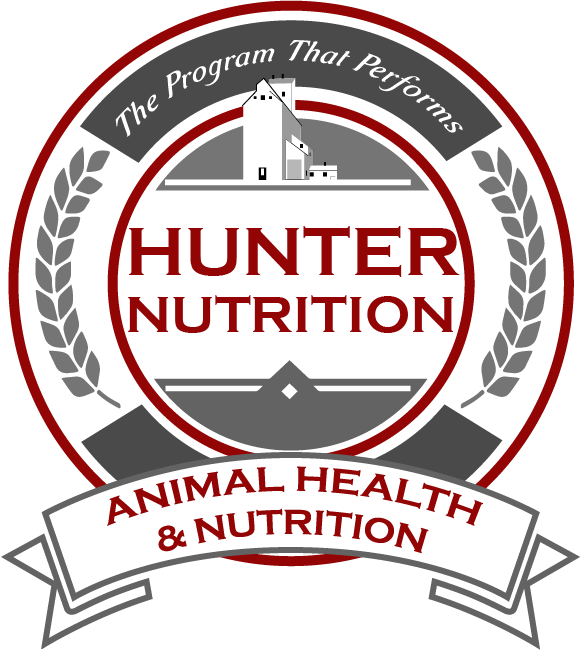
Commonly known as 'Overeating Disease'. Entertoxemia is actually caused by the sudden release of a large amount of toxin produced the bacteria 'Clostridia'. Clostridia are commonly found in the gut of all sheep. A sudden change in diet or amount fed triggers the clostridia population to grow thereby increasing the amount of toxin produced. Easily controlled by 2 vaccines per lamb two weeks apart and by management.
White Muscle Disease:Also called 'Stiff Lamb Disease'. WMD is caused by a lack of Selenium and/or Vitamin E. The result is poor performance, hind quarter weakness and even death. Best solution is prevention by feeding proper levels high in the feed. Both Vitamin E and Selenium should be provided continually in the feed and free choice mineral on a year around basis. (Lambs with WMD symptoms need to be treated with injection.)
Urinary Calculi:(Water belly, kidney stones) Urinary Calculi is caused by feeding a ration that has an improper balance of Calcium to Phosphorous and/or the wrong levels of these two minerals. Easily prevented by using high quality feeds that have at least a 2 part Calcium to 1 part phosphorous ratio. Cheap feeds made with byproducts and with little attention to Ca and P levels most often cause this problem. Avoid adding grain to complete pelleted feeds that are balanced; the addition of grain can throw off the Calcium/Phosphorous ratio.
Common Health Problems of Lambs Coccidios:Caused by a protozoa found in all sheep and lambs. Symptoms are scours (in severe cases bloody scours), and greatly reduced performance. Animals with active disease need individual treatment with sulfa or corid drenches. Prevention by using 90 grams/ton of Bovatec in the starter feeds and continuing with 30 gram a ton in the grower finisher feed.
Pneumonia:Several types. Often spread by sheep to sheep contact, and compounded by poor facilities and/or management. Ventilation (no draft plenty of fresh air) requirements are very high for sheep. Mixing sheep from different farms and stress can cause problems. To prevent: avoid sudden stressful changes for lambing, good ventilation, and avoid contamination by other sheep.
Go Back to Articles